Alpine Rock
EQUIPMENT LIST – ALPINE CLIMBING DAY TRIPS
TRIPS COVERED BY THIS LIST:
- Washington Pass Climbing
- Multipitch Climbing Course
A NOTE ABOUT EQUIPMENT LISTS: Nothing can ruin a trip faster than having the wrong gear for the conditions at hand. All our programs are subject to rapid and severe changes in the weather. Select garments that are warm, lightweight, and durable. Generally speaking, the best arrangement is to think in terms of layers – a system that dries quickly, allows flexibility, and resists wind, water, and abrasion. All of us have different tolerances for heat or cold; for example, you might choose warmer gloves than specified here if you tend to get cold hands. If you have doubts about a specific garment’s appropriateness, please talk to your guide in advance about conditions you are most likely to experience. This list is built for a trip with an unsettled weather forecast. With good weather, some of these items may be left behind to save weight. All trips require that you bring adequate food and water, please see our “food” equipment list for details.
|
CLOTHING Head, Hands & Feet
Upper Body Layers
Lower Body Layers
Options Layers for colder or wetter weather
ACCESSORIES
|
ACCESSORIES continued…
TECHNICAL EQUIPMENT
TECHNICAL EQUIPMENT – SPRING (snow travel; please ask your guide about current conditions)
|



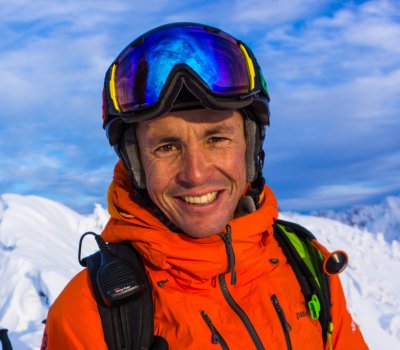
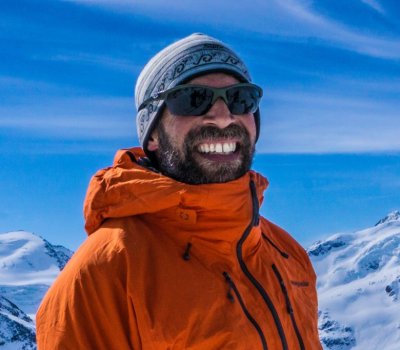
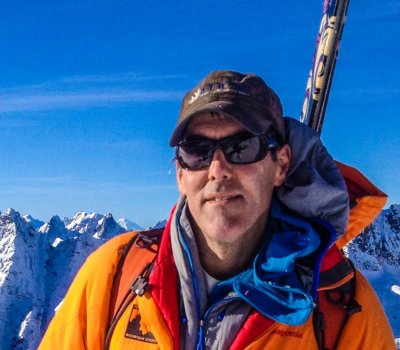
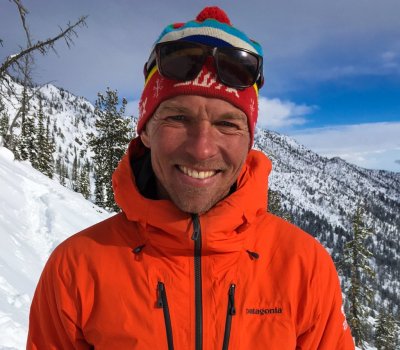
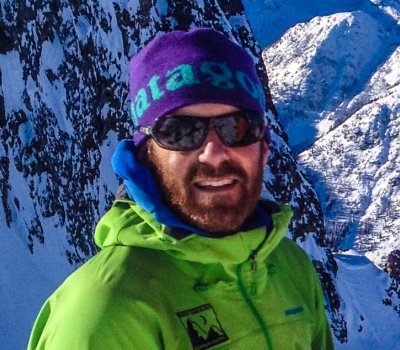

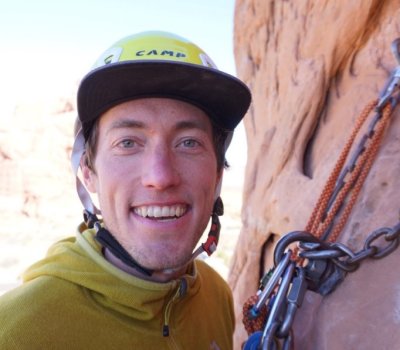


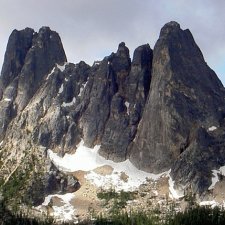

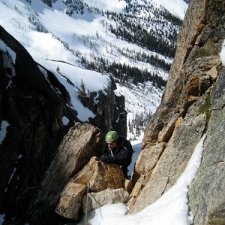
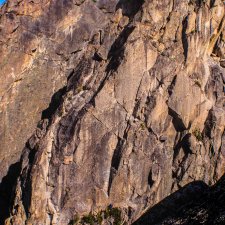

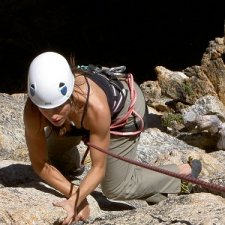
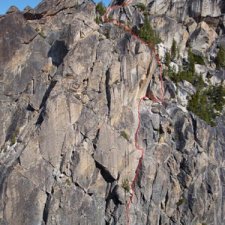
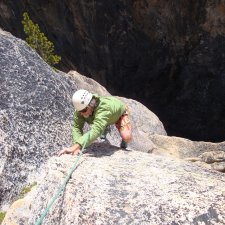

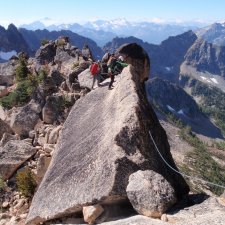
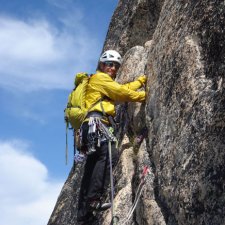
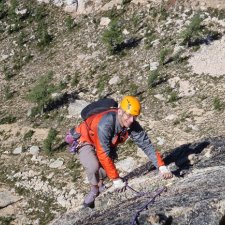
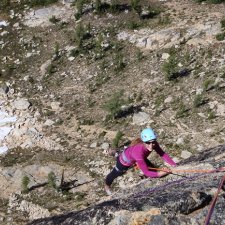

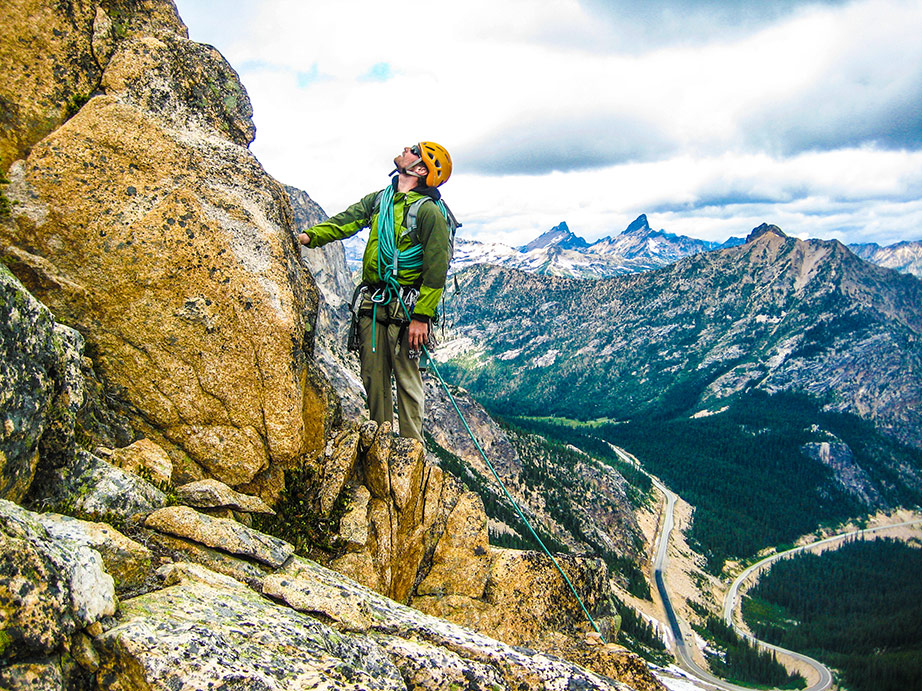

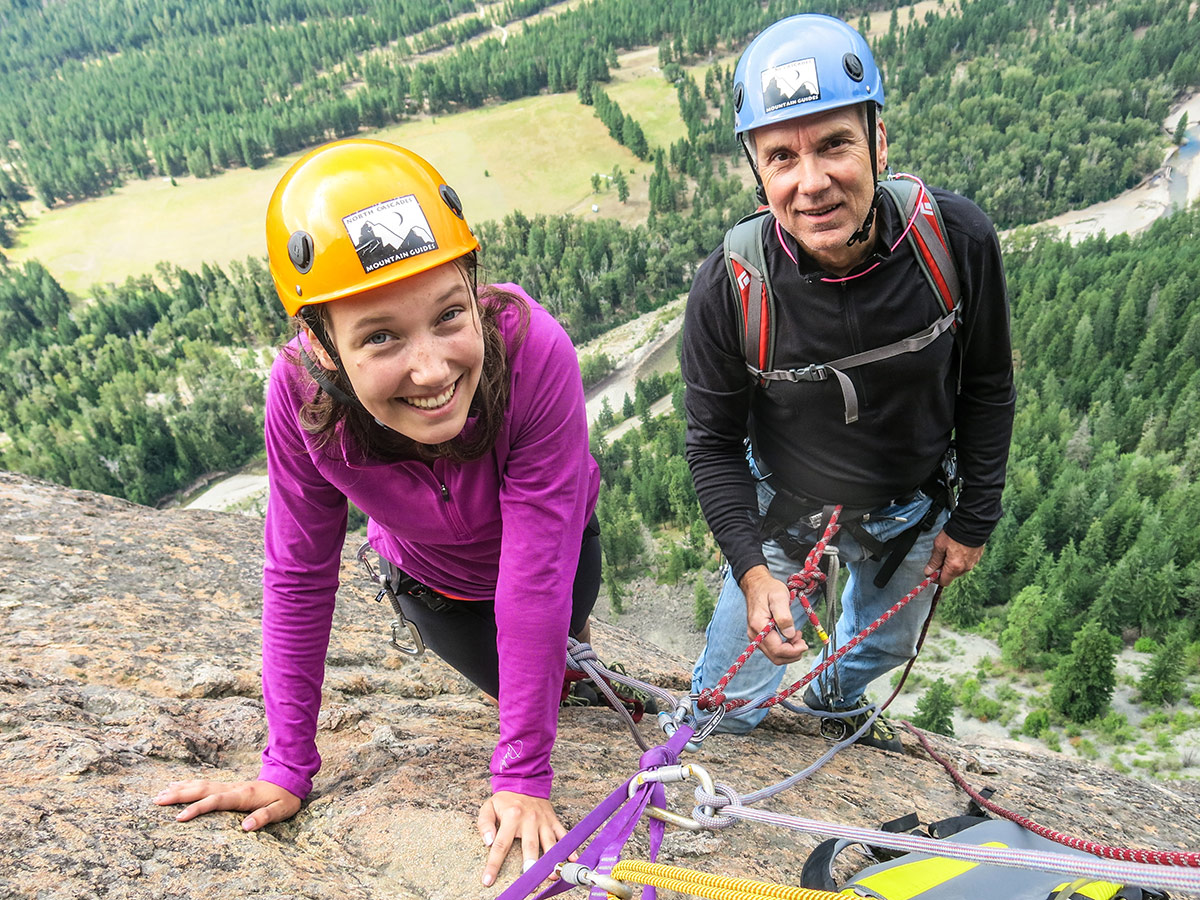
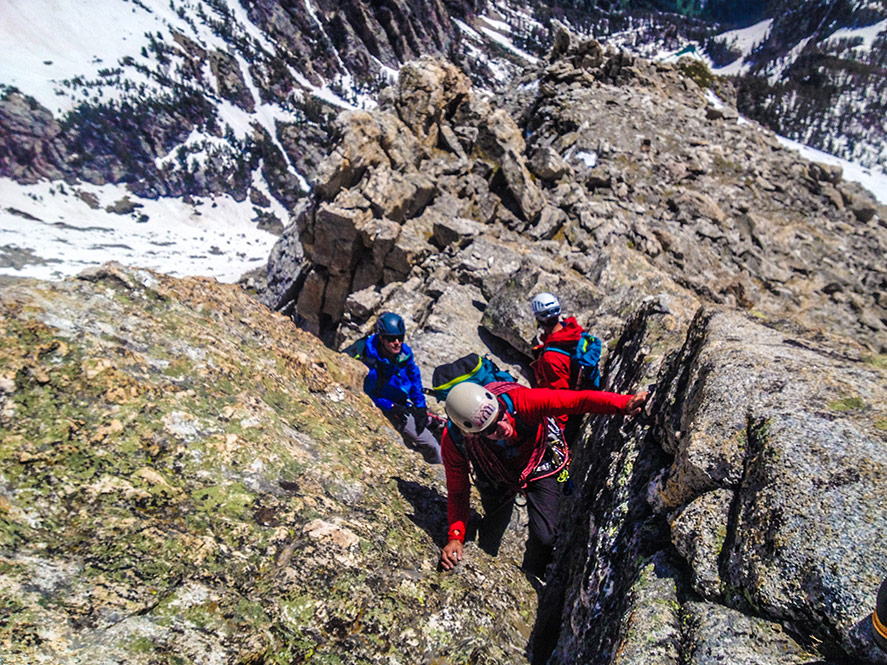

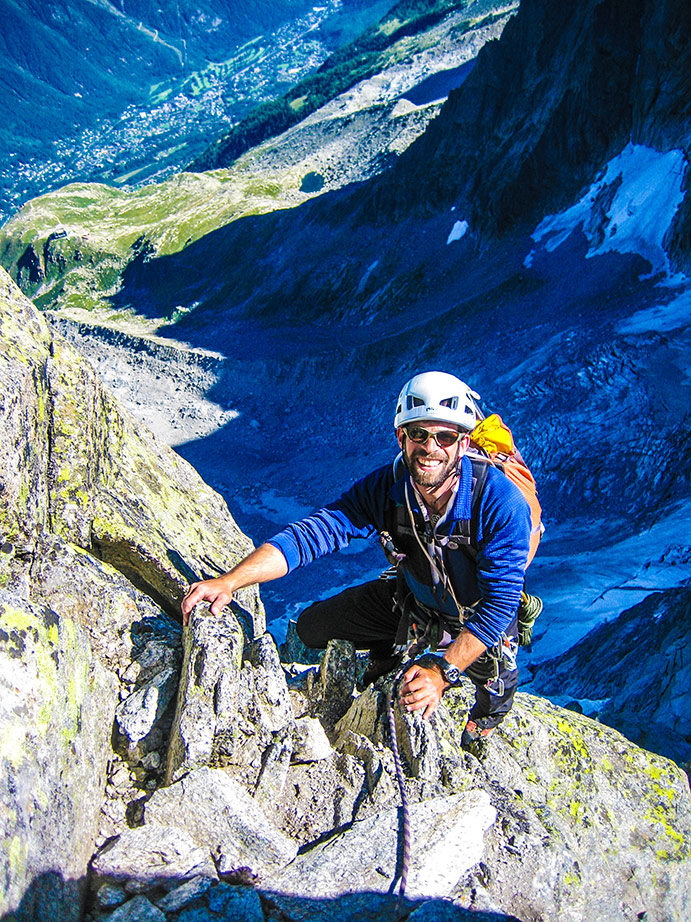
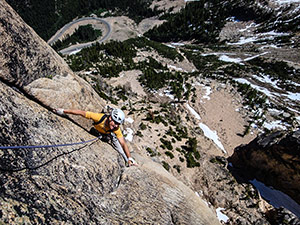
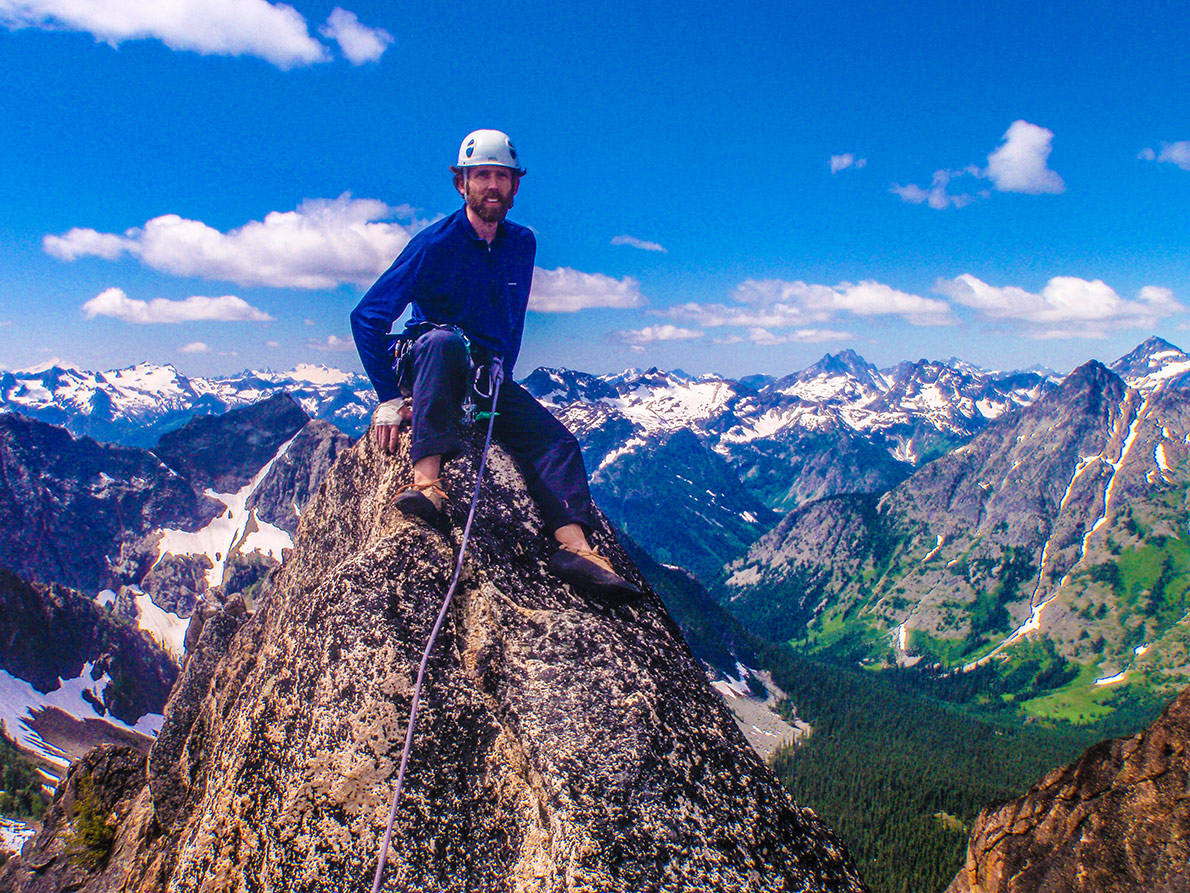
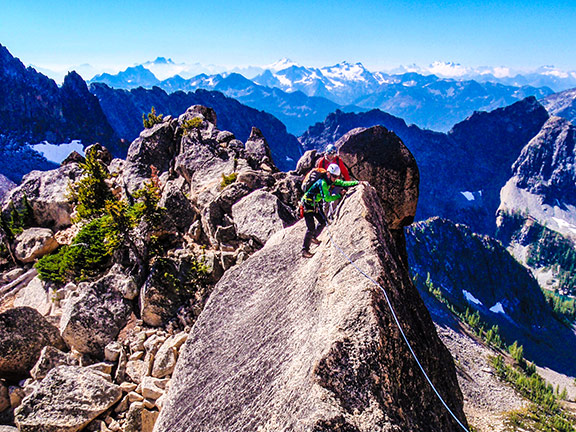

 Back to Previous Page
Back to Previous Page